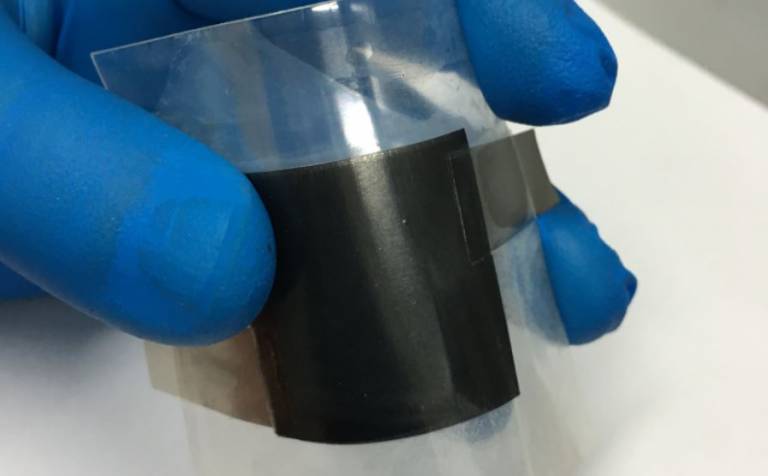
A new bendable supercapacitor made from graphene, which charges quickly and safely stores a record-high level of energy for use over a long period, has been developed. While at the proof-of-concept stage, it shows enormous potential as a portable power supply in several practical applications including electric vehicles, phones and wearable technology.
The discovery, published today in Nature Energy, overcomes the issue faced by high-powered, fast-charging supercapacitors — that they usually cannot hold a large amount of energy in a small space.
First author of the study, Dr Zhuangnan Li (UCL Chemi...
Read More








Recent Comments